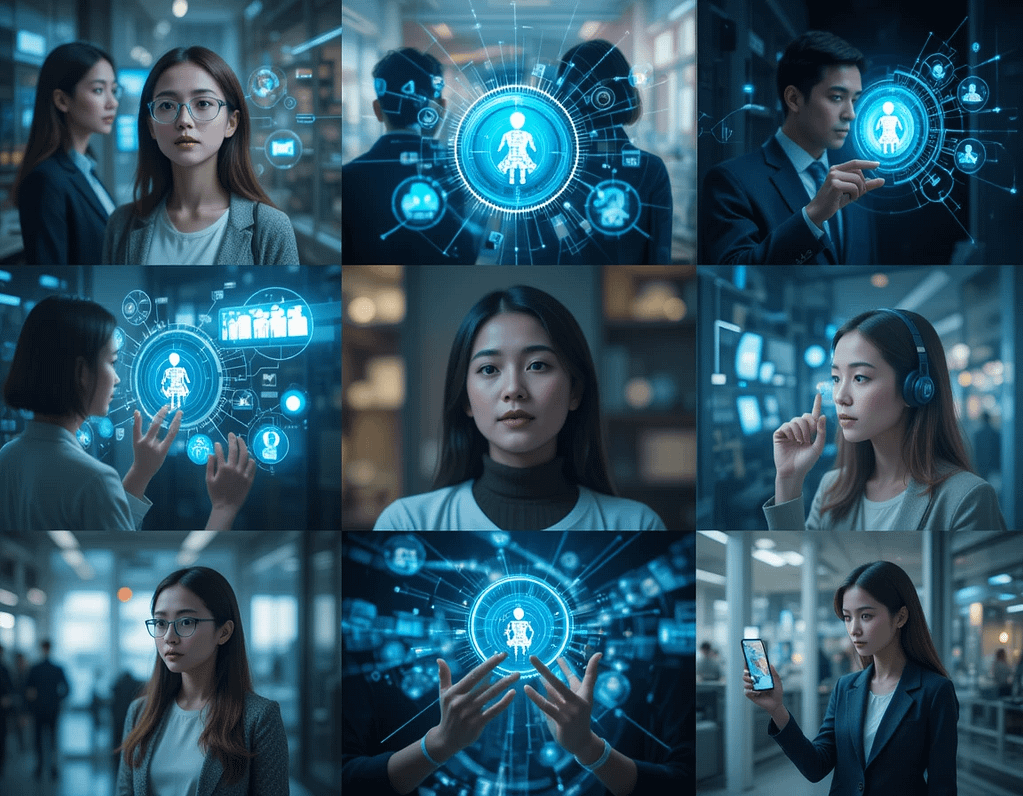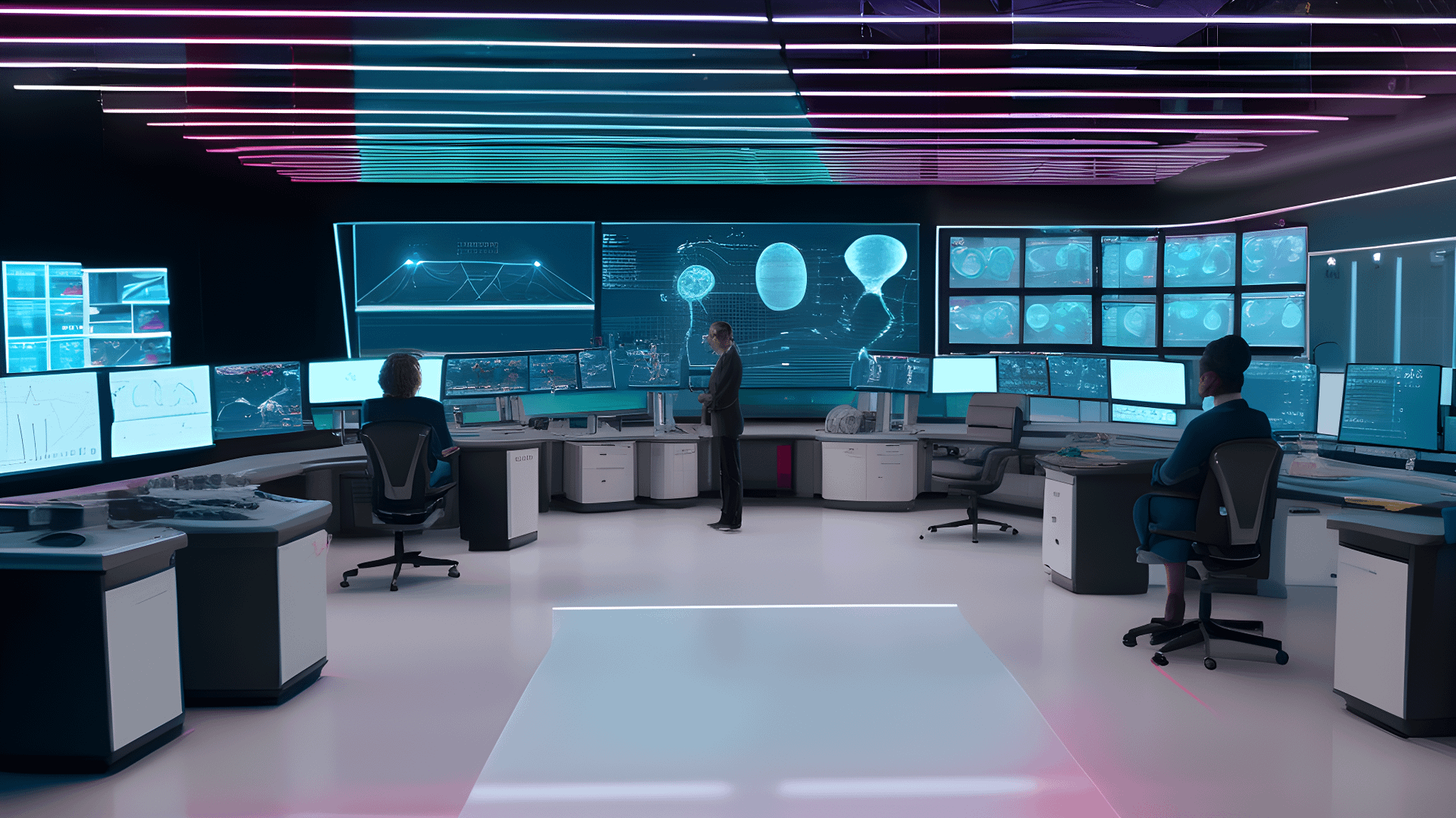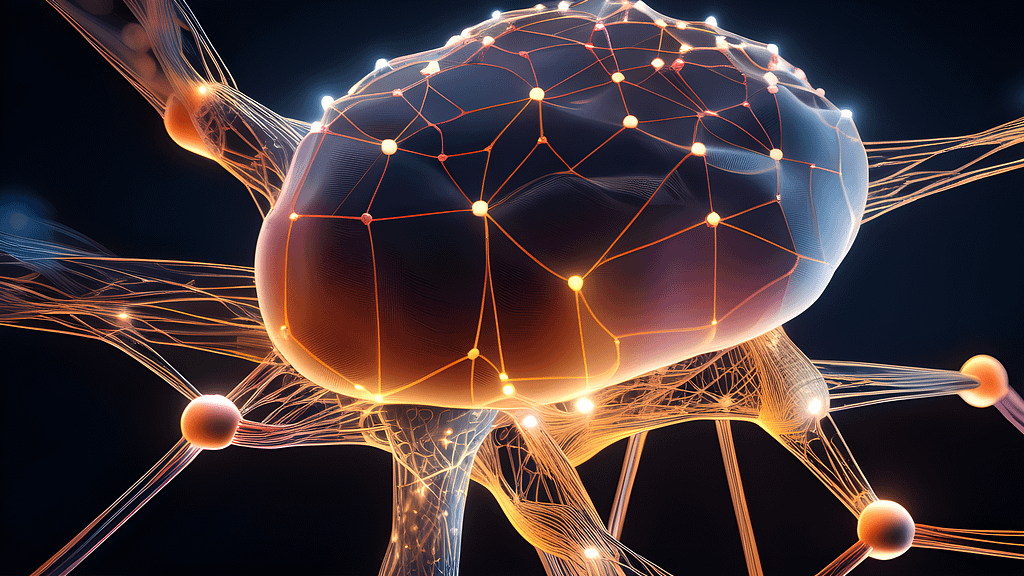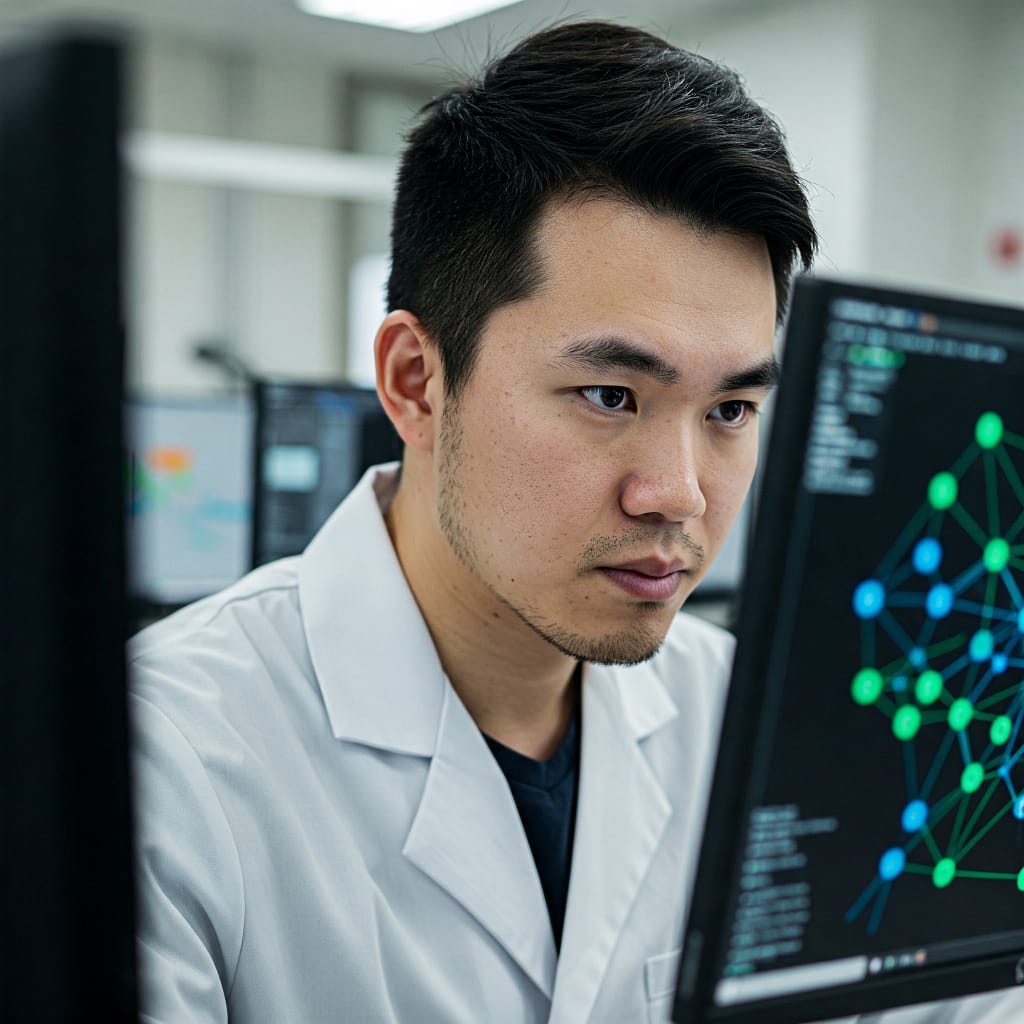
Artificial intelligence (AI) is no longer a futuristic fantasy; it’s woven into the fabric of our daily lives. From the moment we wake up to the moment we drift off to sleep, AI is silently working behind the scenes, anticipating our needs, and shaping our experiences. In this article, we’ll delve into some of the most fascinating AI advancements that are transforming our world and shaping the future.
“Did you know your weather forecast might be powered by AI that sees the whole Earth?”
This isn’t science fiction; it’s the reality of today. Spire Global, a leading provider of space-based data and analytics, has developed groundbreaking AI weather models in collaboration with NVIDIA. These models leverage the immense power of NVIDIA’s Omniverse Blueprint for Earth-2, allowing scientists to analyze vast amounts of data from satellites, weather stations, and other sources to create hyper-accurate forecasts.Imagine a world where weather predictions are so precise that farmers can anticipate droughts and floods with pinpoint accuracy, allowing them to adjust their planting schedules and protect their crops. Imagine emergency responders being alerted to impending natural disasters with enough lead time to evacuate vulnerable communities. This is the promise of AI-powered weather forecasting, and it’s a testament to the incredible potential of AI to improve our lives.
AI-Powered Robots: Leaping into the Future”Robots are learning to jump like tiny superheroes—thanks to AI!”
This headline might sound like something out of a comic book, but it’s a real-world example of how AI is pushing the boundaries of robotics. Scientists are using AI to teach robots the remarkable jumping abilities of springtails, tiny insects that can leap dozens of times their body length. By analyzing the intricate movements of these creatures, researchers are developing algorithms that enable robots to perform similarly impressive feats of agility and dexterity.This research has far-reaching implications, from creating robots that can navigate challenging terrains to developing prosthetics that mimic the natural movements of the human body. The ability to mimic the incredible agility of nature’s creatures is a testament to the power of AI to unlock new possibilities in robotics and revolutionize how we interact with the world around us.
AI and Medicine: Decoding the Human Body, One Molecule at a Time”AI is decoding the secrets of your body, one molecule at a time!”
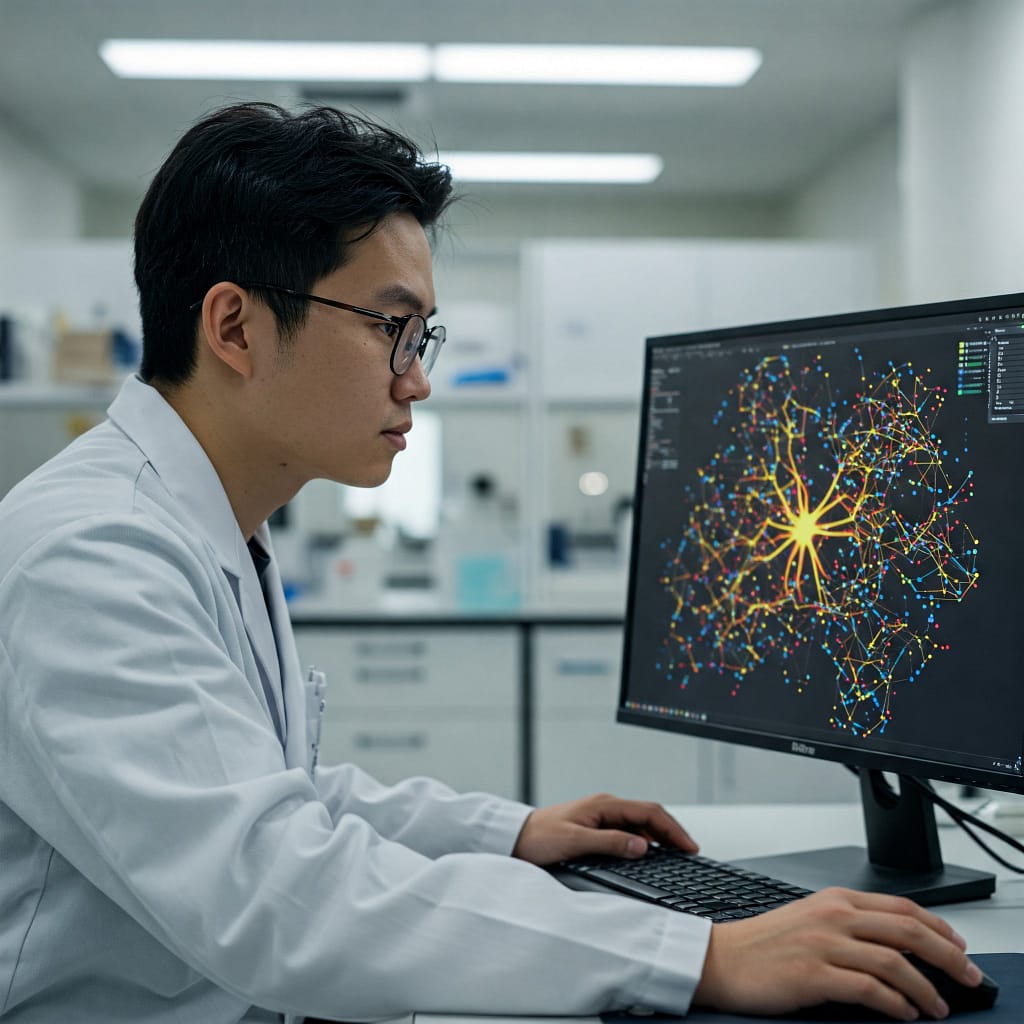
This is the reality of personalized medicine, where AI is being used to analyze the complex interplay of molecules within the human body to develop targeted therapies for individual patients. MIT spinout ReviveMed is at the forefront of this revolution, using AI to analyze metabolites—the tiny molecules that are the building blocks of life—to identify unique patterns associated with specific diseases.Imagine a future where doctors can predict your risk of developing certain diseases before they even manifest, allowing you to take proactive steps to prevent them. Imagine treatments that are tailored to your specific genetic makeup, maximizing their effectiveness and minimizing side effects. This is the promise of AI-powered personalized medicine, and it’s a testament to the transformative power of AI to revolutionize healthcare.
“AI and Cybersecurity: Protecting Your Digital World”
Your online security might be getting an AI upgrade!” In today’s hyper-connected world, cybersecurity is more critical than ever. Wiz, a leading cybersecurity company, has partnered with Google Cloud to leverage the power of AI to defend against increasingly sophisticated cyberattacks. By analyzing vast amounts of data and identifying patterns in malicious activity, AI can help organizations proactively identify and mitigate threats, protecting their valuable data and systems.Imagine a world where your online activities are protected by an invisible shield, constantly monitoring for threats and responding in real-time. This is the vision of AI-powered cybersecurity, and it’s a testament to the power of AI to protect our digital world and ensure our safety and security in the face of evolving threats.
“AI and the Future of AI: A Recursive Revolution”AI is helping to build AI!”
This seemingly paradoxical statement highlights the remarkable self-improving nature of AI. NVIDIA’s advancements in AI data platforms and reasoning models are enabling the development of more sophisticated AI systems that can learn and adapt at an unprecedented rate. These AI systems are not only capable of solving complex problems but also of improving their own algorithms and architectures, leading to a virtuous cycle of innovation.This recursive process of AI developing AI has the potential to unlock unimaginable breakthroughs in fields ranging from medicine and materials science to climate change and space exploration. As AI becomes increasingly sophisticated, it will continue to push the boundaries of what’s possible, leading to a future that is both exciting and unpredictable.

The Future of AI: A Call to ActionAs we stand on the cusp of this AI revolution, it’s crucial to ask ourselves:
What kind of future do we want to create? How can we harness the power of AI for good, while mitigating its potential risks? The answers to these questions will shape the future of humanity, and they require thoughtful consideration and collaboration among scientists, policymakers, and the public.The journey into the future of AI is one of both excitement and uncertainty. But one thing is certain: AI is transforming our world in profound ways, and its impact will only continue to grow in the years to come. As AI enthusiasts, it’s up to us to embrace this transformative technology, guide its development, and ensure that it serves the best interests of humanity.


